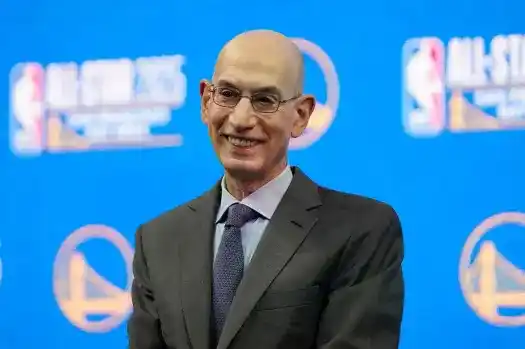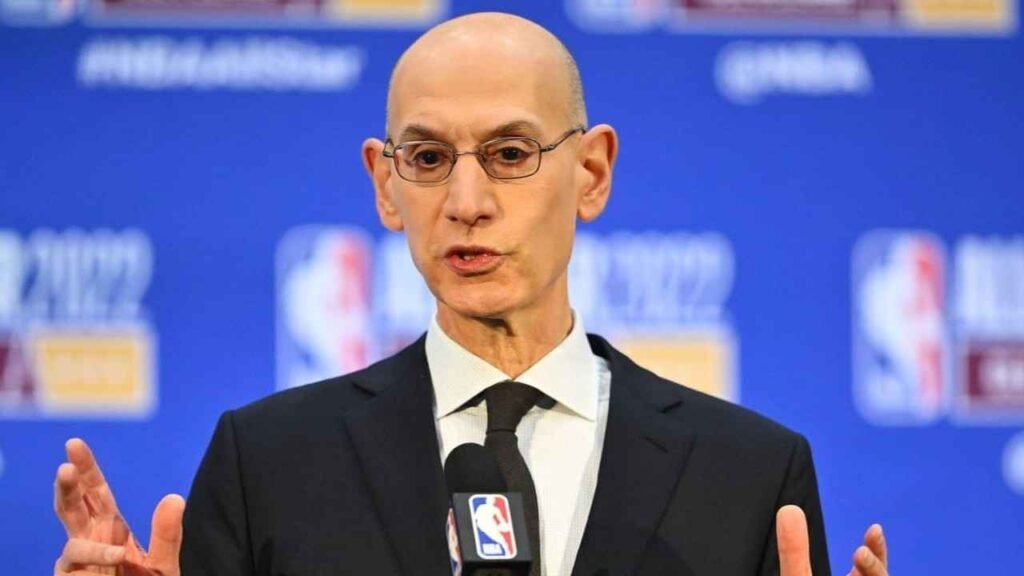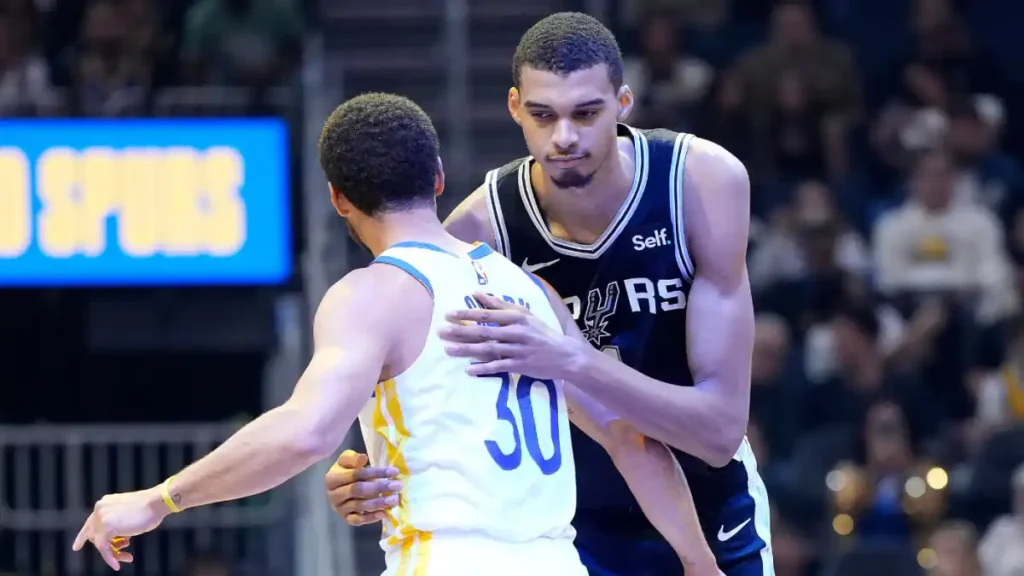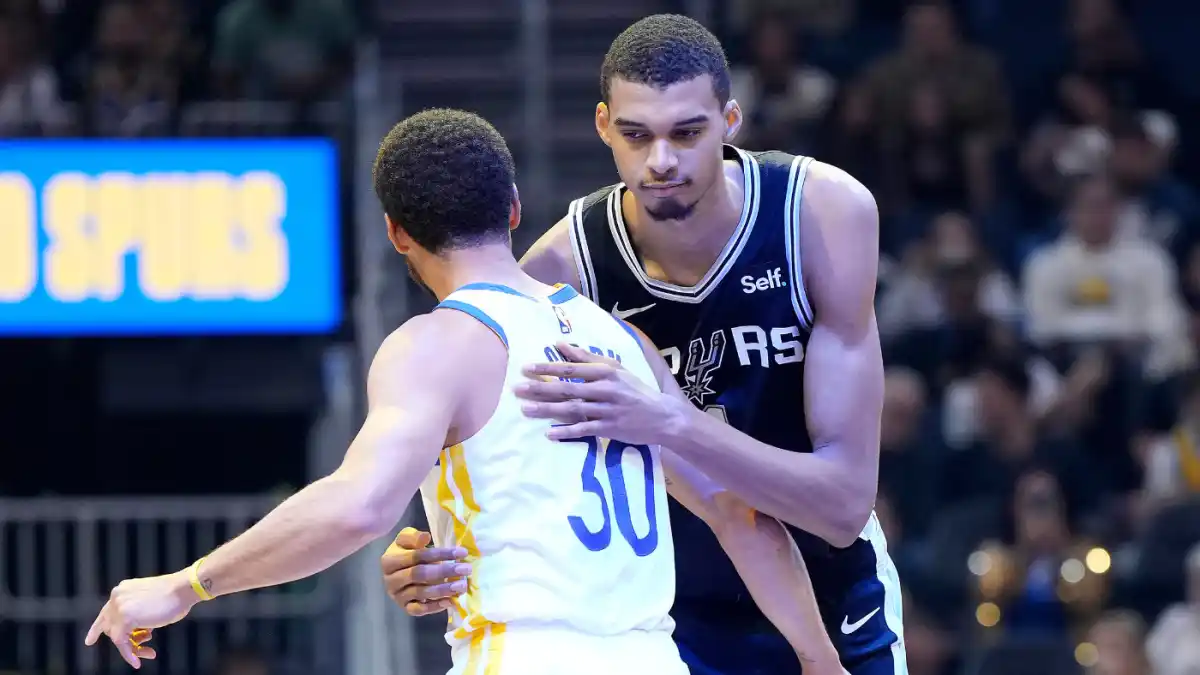The National Basketball Association (NBA) is reportedly considering a groundbreaking new format for its annual All-Star weekend in 2025: a matchup pitting a team of United States-born players against a team comprised of international talent. This innovative proposal comes in response to the burgeoning global presence within the league, marked by a steady rise in foreign-born players’ prominence and contributions to the NBA landscape.
The idea of a US versus World All-Star game draws inspiration from the Ryder Cup, a prestigious golf tournament renowned for its captivating team-based format, which pits the United States against Europe. Similarly, the proposed NBA matchup aims to showcase the depth and diversity of talent present in the league while adding a competitive edge to the traditional All-Star festivities.

The NBA’s recent seasons have witnessed a significant influx of foreign-born players making their mark on the league. With eight foreign-born All-Stars in the previous season alone, including superstars like Giannis Antetokounmpo and Luka Dončić, it’s evident that international players are increasingly integral to the NBA’s success. This trend shows no signs of slowing down, as basketball continues to grow in popularity across the globe, producing top-tier talent from countries far beyond the United States’ borders.
However, while the prospect of a US versus World All-Star game is undoubtedly exciting, it also raises legitimate concerns, particularly regarding fair representation and its potential impact on player earnings. Some critics worry that such a format could inadvertently reinforce stereotypes or lead to feelings of exclusion among players from non-US backgrounds. Additionally, there are apprehensions about the financial implications for athletes, as All-Star appearances often come with lucrative bonuses and endorsement opportunities, which might be affected by changes to the traditional format.
To address these concerns, the NBA would need to carefully consider the logistics and implications of implementing a US versus World All-Star game. This could involve ensuring equitable representation for players from all backgrounds, implementing measures to safeguard against bias or discrimination, and consulting with stakeholders to mitigate any potential negative repercussions on player earnings or league dynamics.
Adam Silver suggests US versus. World All-Star Game format.

Ultimately, while the proposed format represents an exciting opportunity to celebrate the NBA’s global appeal and showcase its diverse talent pool, it’s essential to approach it thoughtfully and responsibly, prioritizing inclusivity, fairness, and the well-being of all players involved. By doing so, the NBA can continue to innovate and evolve while staying true to its core values of excellence, diversity, and sportsmanship.
As the NBA looks toward the future, the challenge of balancing rosters without excluding deserving players looms large. The traditional East vs. West format, while steeped in history, has faced criticism for potentially leaving out talented individuals due to conference disparities. This concern is not just about fairness but also about keeping the format fresh and engaging for fans.
One of the primary issues with the current format is the potential staleness that arises from frequently seeing the same players selected year after year. While stars like LeBron James and Kevin Durant undoubtedly deserve their spots, there’s a risk of predictability that can diminish excitement surrounding the All-Star game. Fans crave novelty and variety, and an over-reliance on familiar faces can undermine that.
However, amidst these challenges lies an opportunity for innovation. The NBA has recognized the potential for developing real rivalries in a new format that breaks away from the East vs. West dichotomy. By exploring various options, the league aims to enhance competitiveness and captivate audiences in ways previously unexplored.

One possibility is a draft-style selection process, where designated team captains choose their rosters from a pool of All-Star candidates, regardless of conference affiliation. This approach not only injects an element of unpredictability but also fosters excitement as fans speculate on potential matchups and alliances between players.
Another option could involve rotating formats, such as a 3-on-3 tournament or a skills challenge, adding variety and showcasing different facets of the game beyond the traditional 5-on-5 format. This diversification could attract new audiences while keeping existing fans engaged through fresh experiences.
Furthermore, the NBA could consider incorporating fan voting into the selection process in a more meaningful way, allowing supporters to have a direct impact on which players grace the All-Star stage. This democratization of the selection process could generate heightened enthusiasm and investment from fans, further enhancing the event’s allure.
Ultimately, the NBA’s exploration of post-2024 All-Star formats reflects a commitment to innovation and adaptability in the ever-evolving landscape of professional basketball. By embracing change and prioritizing competitiveness and fan engagement, the league aims to ensure that the All-Star spectacle remains a highlight of the basketball calendar for years to come.
